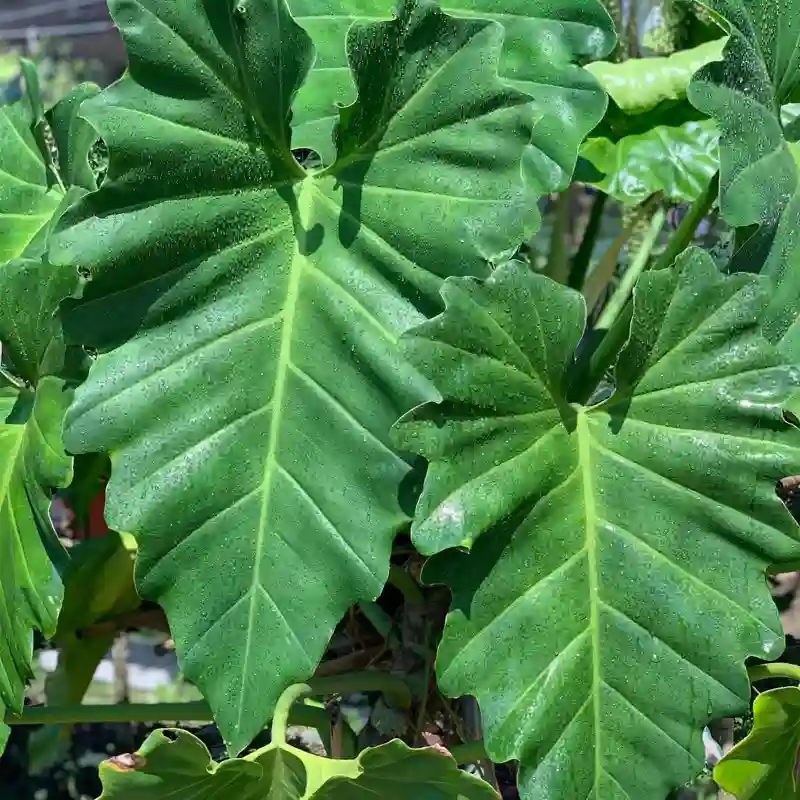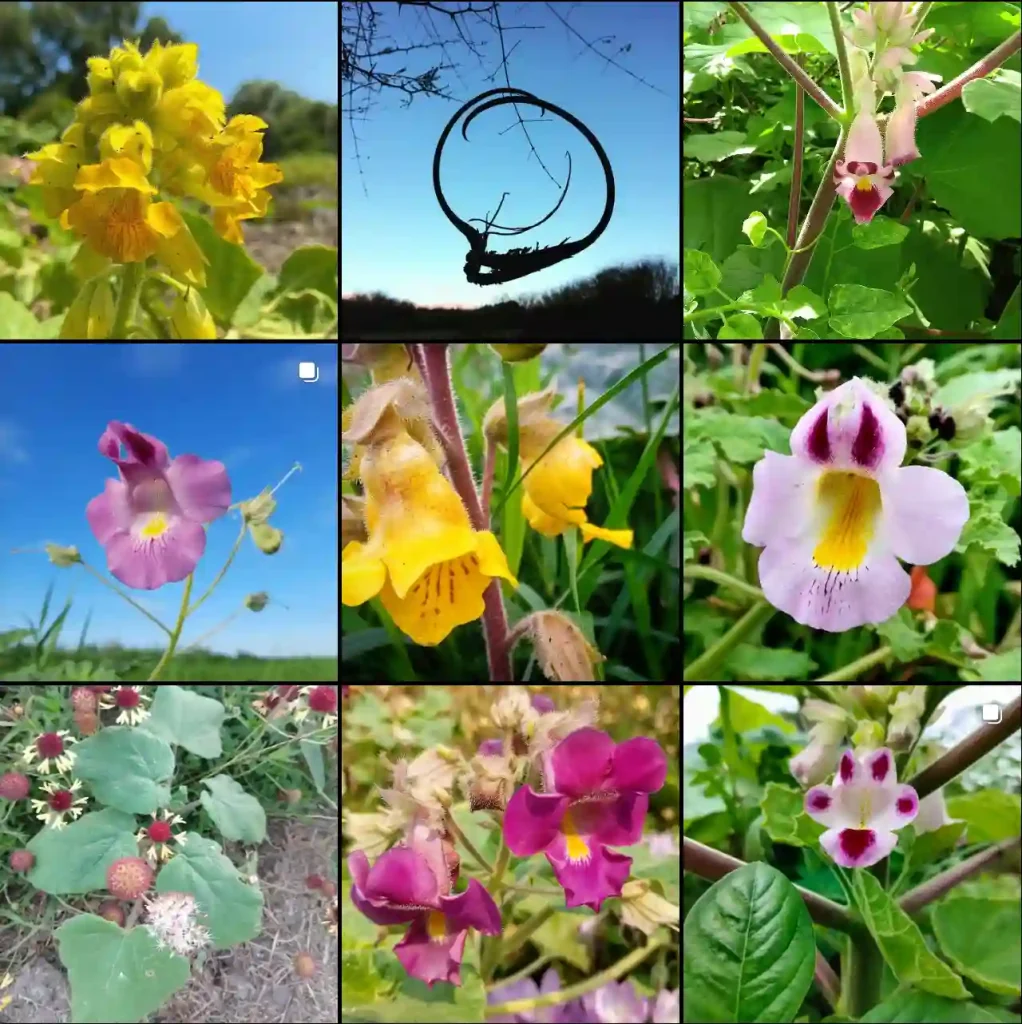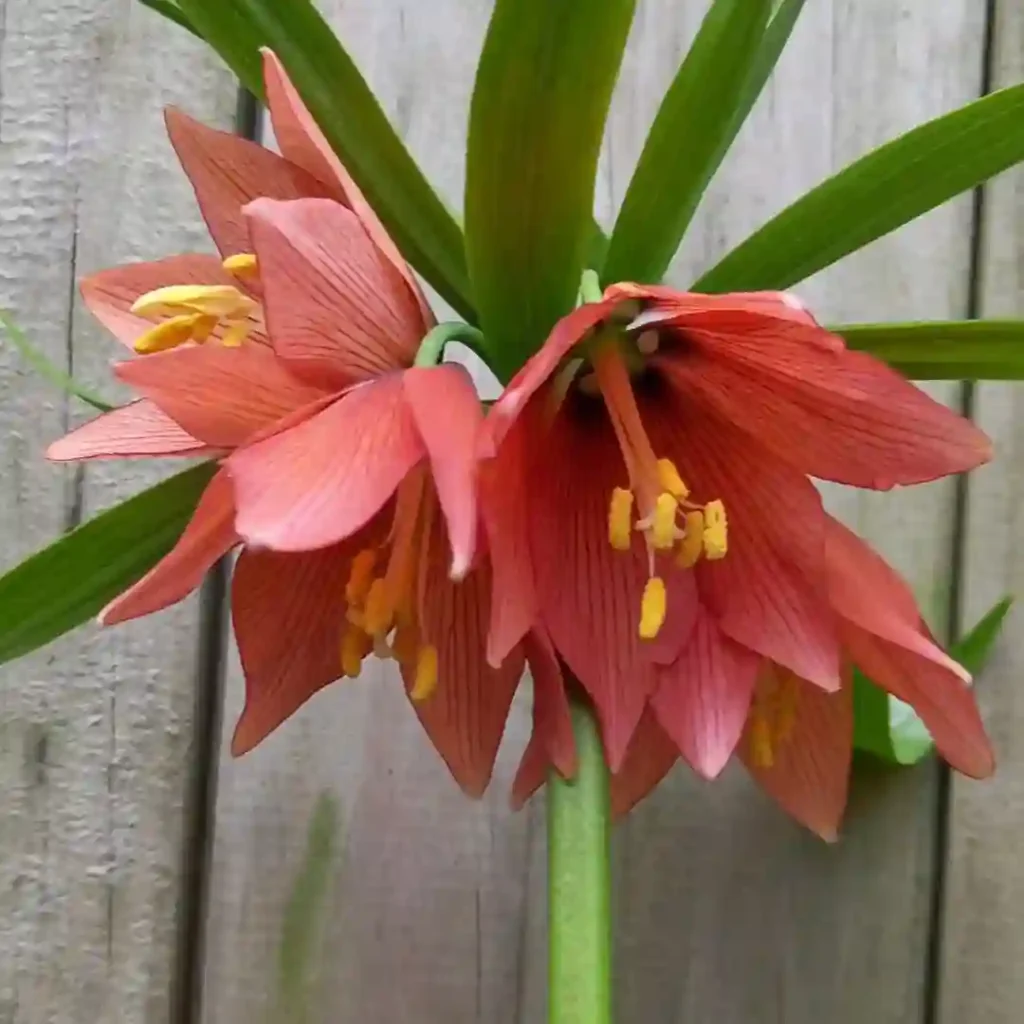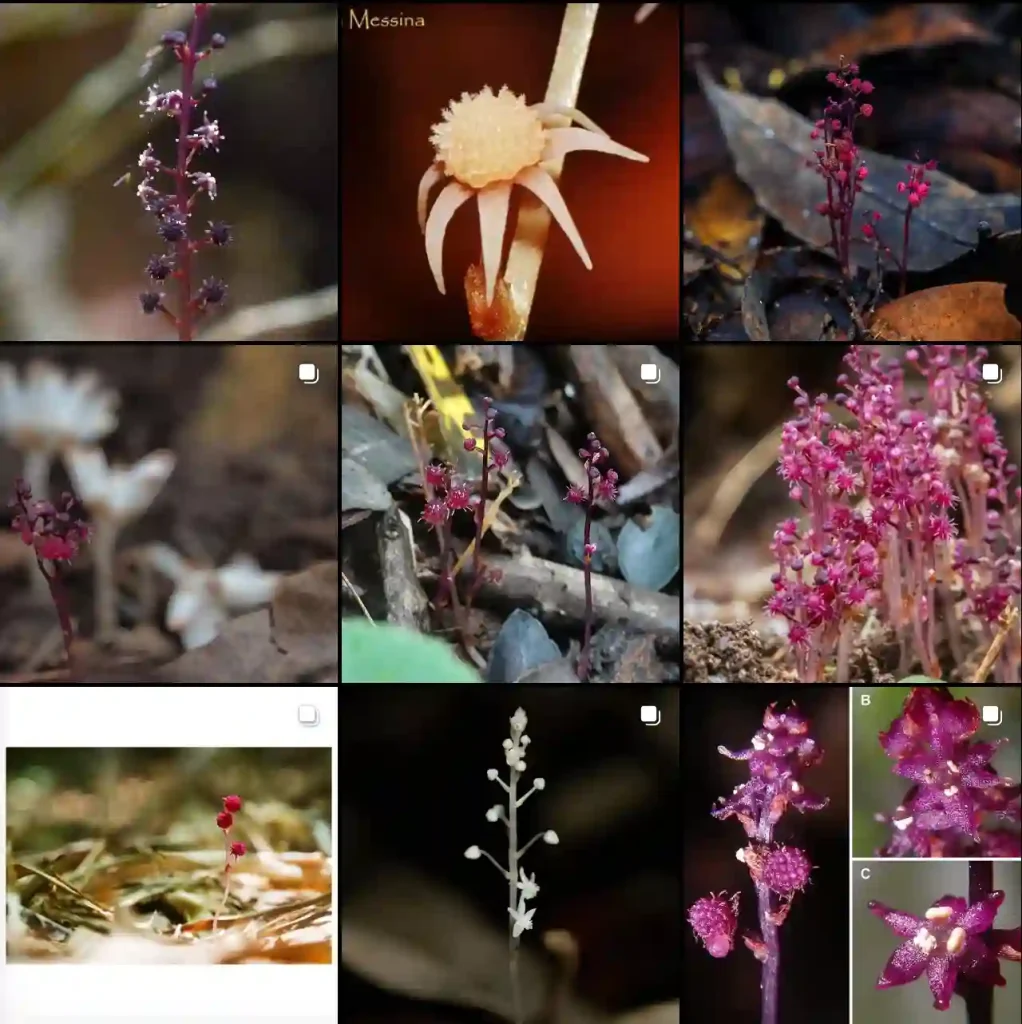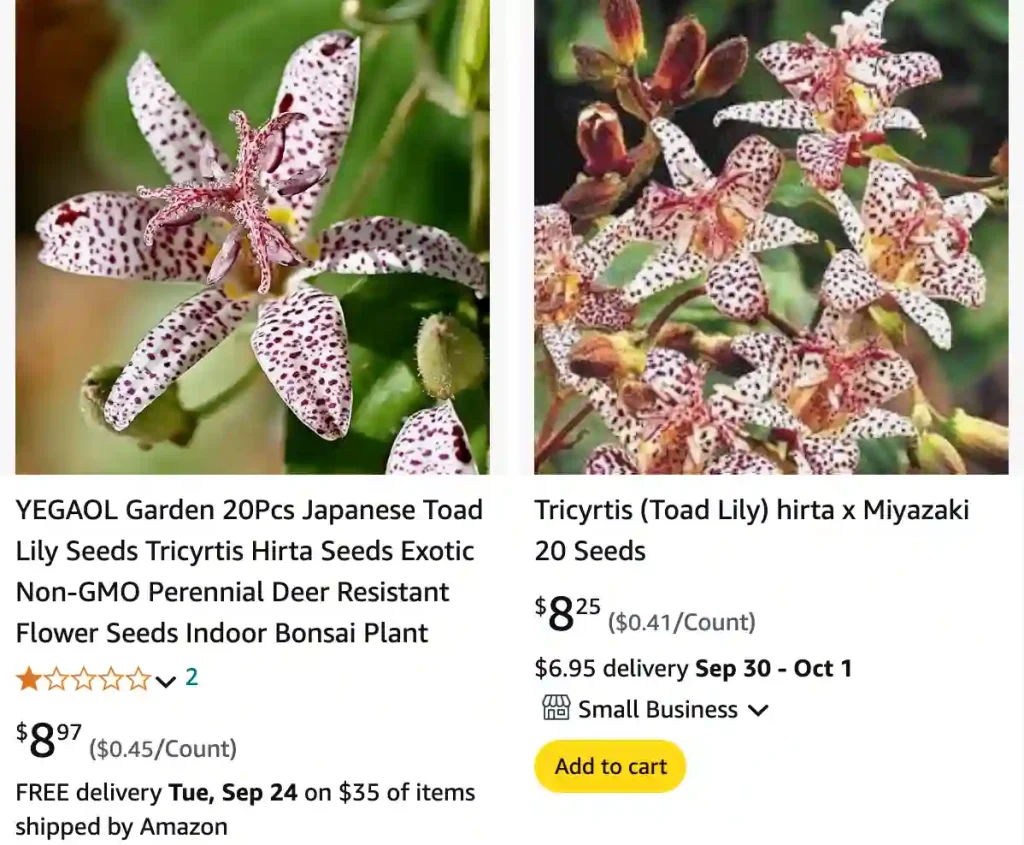
FAQs About Tricyrtis Hirta
As a plant enthusiast, I’ve had my fair share of experiences with Tricyrtis Hirta, commonly known as the Hairy Toad Lily. This unique perennial is a favorite among gardeners for its striking flowers and ease of care. If you’re considering adding Tricyrtis Hirta to your garden or just curious about it, here are some frequently asked questions that might help.
24 Species in Genus Tricyrtis
What Is Tricyrtis Hirta?
Tricyrtis Hirta is a perennial plant native to East Asia, particularly Japan, Korea, and China. It belongs to the Liliaceae family and is often referred to as the Hairy Toad Lily due to its distinctive, hairy stems and unique flowers. The plant is known for its orchid-like blooms that appear in late summer to fall, making it a standout addition to any garden.
How to Care for Tricyrtis Hirta?
Tricyrtis Hirta is relatively low-maintenance, making it an excellent choice for both novice and experienced gardeners. Here’s how to keep it thriving:
- Light Requirements: It prefers partial to full shade. While it can tolerate some sun, too much direct sunlight may scorch its leaves.
- Soil Conditions: Plant it in well-draining soil enriched with organic matter. It thrives in slightly acidic to neutral soil.
- Watering: Keep the soil consistently moist but not waterlogged. Regular watering is crucial, especially during dry spells.
- Fertilization: A balanced, all-purpose fertilizer applied in early spring will help promote healthy growth and blooms.
- Pruning: Remove spent flowers and any damaged or dead foliage to encourage new growth and maintain its appearance.
How to Propagate Tricyrtis Hirta?
Propagating Tricyrtis Hirta is quite straightforward. Here’s how I do it:
- Division: The most common method is dividing the plant. In early spring or late fall, carefully dig up the plant and divide the root clumps. Replant the divisions immediately.
- Seeds: You can also propagate from seeds. Sow the seeds in a cold frame or indoors about 6-8 weeks before the last frost. Keep the soil moist and maintain a cool temperature until germination.
What to Plant With Tricyrtis Hirta?
Tricyrtis Hirta pairs well with various shade-loving plants. Some of my favorites include:
- Hostas: Their lush foliage complements the delicate blooms of Tricyrtis Hirta.
- Ferns: Adding ferns provides a textured backdrop that enhances the beauty of the Toad Lily.
- Astilbes: Their airy flowers and foliage make a lovely contrast to the bold blooms of Tricyrtis Hirta.
- Hellebores: These early bloomers offer visual interest in the garden while Tricyrtis Hirta comes into its own later in the season.
Is Tricyrtis Hirta Toxic?
No, Tricyrtis Hirta is not toxic to pets or humans. It’s safe to plant in gardens where pets and children play. This makes it a great choice if you have a family-friendly garden.
Benefits of Tricyrtis Hirta
Tricyrtis Hirta offers several benefits:
- Aesthetic Appeal: Its exotic flowers add a unique touch to shaded garden areas.
- Low Maintenance: It requires minimal care once established, making it an easy addition to any garden.
- Attracts Pollinators: The flowers attract bees and butterflies, contributing to a vibrant garden ecosystem.
Common Problems with Tricyrtis Hirta
While generally trouble-free, Tricyrtis Hirta can occasionally face issues:
- Powdery Mildew: This fungal disease can affect the plant, especially in humid conditions. Ensure good air circulation and avoid overhead watering.
- Slugs and Snails: These pests can be a problem, especially in moist environments. Using organic slug bait or barriers can help manage these pests.
Comparing Tricyrtis Hirta with Similar Plants
If you’re considering Tricyrtis Hirta, you might also be looking at similar plants:
- Tricyrtis Formosana: Also known as the Formosan Toad Lily, it is similar but typically has larger flowers and a more upright growth habit.
- Tricyrtis Japonica: Another relative, it tends to be more compact and has slightly different flower coloration.
- Hostas: While not closely related, Hostas are often compared due to their shade tolerance and similar growing conditions.
Final Thoughts
Tricyrtis Hirta, with its captivating flowers and easy care, is a fantastic choice for adding interest to shaded garden areas. Whether you’re new to gardening or a seasoned pro, this plant can bring a touch of elegance and beauty to your outdoor space. If you’ve had experiences with this plant or have more questions, I’d love to hear them!
If i die, water my plants!
